- the paper presents a comparison of a large number of methods for the construction of BVHs for ray tracing workloads
- concludes by making suggestions for future technological developments that appear to offer the most potential at the time of writing
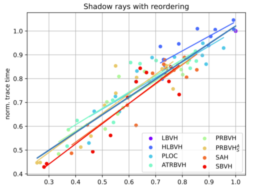
- the 5 part series provides a walkthrough of common issues when using the FSR 2.0 upscaler in Unreal Engine Projects
- discusses why the issues occur, what solutions are available and how FSR 2.1 was improved to deal with the issues
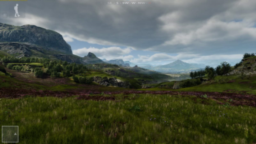
- the article presents the story of how the author experimented with binary search in a shader for accelerating SDF tracing workloads
- shows how to implement a stackless GPU-based traversal
- presents why the binary search is unable to outperform the SDF raymarching loop
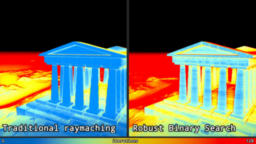
- the slides discussing the new GI solution implemented for Godot
- the talk will happen on Friday, 28th twitter DM for signup
- discusses how the technique is based on sphere tracing distance fields
- how to generate the distance fields, trace lights
- additionally spends a large chunk of the presentation on optimizations to make the technique viable
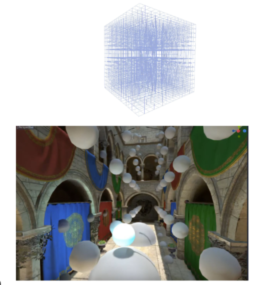
As a 3D Engineer at Threedy, you develop our core system’s algorithms and data structures, always optimizing data representations for efficient and cutting-edge 3D data streaming and visual computing.
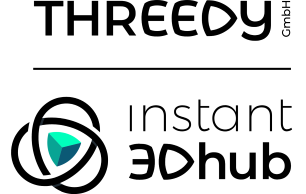
- the blog post announces that a new, more open model for HLSL language development
- discusses what feature will be able to be discussed in public and how the process will work
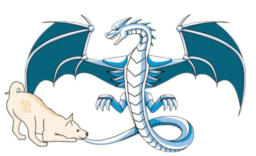
- a collection of papers from SIGGRAPH Asia 2022
- the list is updated every couple of days at this time

- the video shader tutorial series covers how to create a shader that allows procedural rock shading with snow support
- previous tutorials covered how to create the individual pieces, and those are combined in this part
- video shows the implementation in both Unreal and Unity visual shader authoring
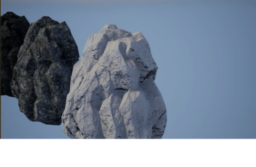
- the AMD paper presents the findings for a new dynamic GI solution
- proposes the separation into a screen and world space cache that complement each other with additional information
- provides a detailed description of the individual steps, performance results as well as known limitations
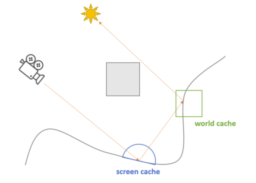
- a collection of cheatsheets on the high-level concepts of topics such as AI, machine learning, and statistics

- the video presents a history of light transport algorithms development
- shows a breakdown of each technique and improvements in each iteration

- the article presents that the Godot engine supports compilation in double-precision mode
- shows how to emulate double precision calculation on GPUs that don’t support double by using two floats
- presents what limitations still exist with this solution
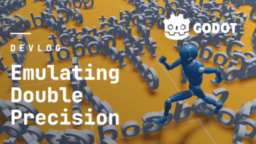
- the blog post provides the text version of the mesh shader talk presented
- the presentation covers the issues with the classic graphics pipeline and how mesh shaders can address these
- presents how mesh shaders are authored, limitations, and hardware preference differences
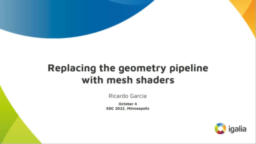
Thanks to Keith O’Conor for support of this series.
Would you like to see your name here too? Become a Patreon of this series.